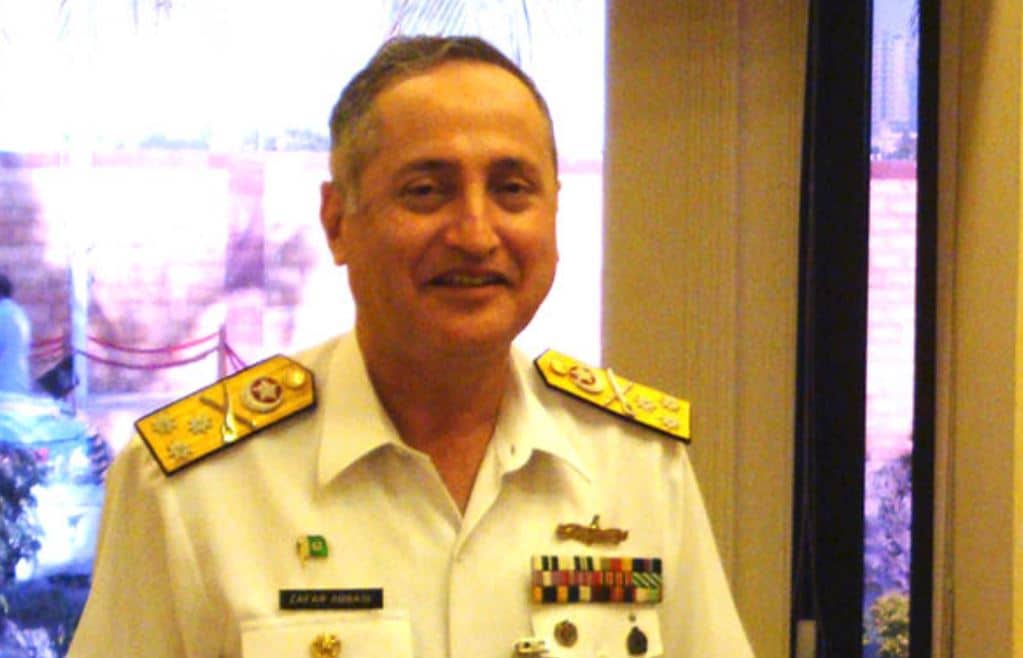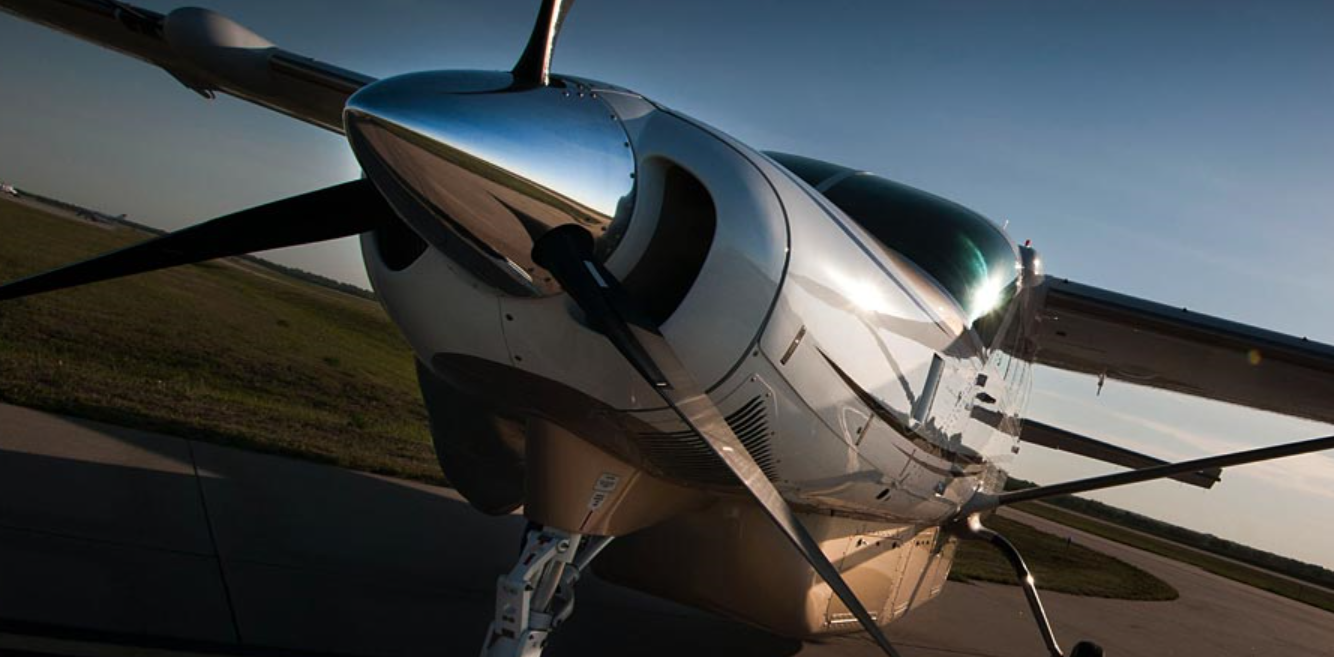2164Views 6Comments

Pakistan appoints new Chief of Naval Staff
The Government of Pakistan has appointed Admiral Zafar Mahmood Abbasi to the office of Chief of Naval Staff (CNS), succeeding Admiral Muhammad Zakaullah, who will retire on October 06.
Admiral Abbasi was commissioned in 1981 upon graduating from the Pakistan Naval Academy. Abbasi had also received training at the Britannia Royal Naval College in the U.K. According to Daily Pakistan’s profile, Admiral Abbasi held various posts, among them Commandant of the Naval Academy, Director General of the Maritime Security Agency (2010-2011), Commander of the 21st Mine Squadron, Commander of the 25th Destroyer Squadron, Assistant CNS of Operations and Assistant CNS of Plans. Abbasi was also officer of the Navy’s Submarine Branch and had undertaken training in the U.S. in subsurface warfare.
Notes & Comments:
Admiral Zakaullah had overseen the finalization of the Pakistan Navy’s single largest program to-date, the acquisition of the Hangor (II)-class air-independent propulsion (AIP)-powered submarine (SSP) from China.
Pakistan is slated to acquire the first four Hangor (II) SSPs from 2022 to 2023, with the remaining four (to be built at Karachi Shipyard & Engineering Works) by 2028. In June 2016, Pakistan awarded the Turkish company Savunma Teknolojileri Mühendislik ve Ticaret A.Ş. (STM) to upgrade the Navy’s Khalid-class (i.e. Agosta 90B) SSPs. The first ship was due for completion in 45 months from June 2016.
The outgoing leadership also inaugurated PNS Hameed, a very-low-frequency radio transmission station to enable transmission to the submerged submarines, which constitute the mainstay of the Navy’s efforts for force modernization and growth. Other programs coming to fruition include, among others, the launch of the Azmat-class fast attack craft (FAC) PNS Himmat, which may be equipped with a dual anti-ship and land-attack cruise missile launch system; the conversion of ATR-72 airliners into anti-submarine warfare-capable maritime patrol aircraft; modernization of Sea King naval multi-role helicopters (IHS Jane’s); and raising of Task Force 88 to guard the Gwadar deep-seaport and its sea-lines-of-communications.
Efforts had also been made to stage a modernization roadmap for the Navy’s surface fleet. In 2016, the Pakistan Navy had engaged with STM to secure a variant of the MILGEM Ada corvette. In May, Pakistan’s Ministry of Defence Production (MoDP) signed a letter-of-intent with its Turkish counterpart and STM to acquire four such ships. The final contract, which was to be signed in June, has yet to be inked. It is unclear if this contract will be signed, but it should be noted that the Hangor (II) SSP program required four years to reach a final signature (with negotiations beginning in 2011 and a deal being signed in 2015).
In 2017, the Navy had shown a demonstrable means to support Pakistan’s strategic interests, i.e. the test-firing of the Babur-3 submarine-launched cruise missile (SLCM). The Babur-3 SLCM is envisaged to join the Hangor (II) SSP, providing Pakistan with the capacity for underwater-based strategic strikes.



6 Comments
by Randian Tv
Pakistan Navy should induct JF-17
by Steve
Need 2-3 squadrons of Su-35 or J-11
by Quraishi
PM abbasi for sure appointed admiral abbasi, didn’t need to think too deep on this lol
No wonder, this point must be out into spotlight.
by Abdul Basit Iqbal
As part of this organization, i completely agree with u, as during wartime, AFB Masroor will be highly committed in performance of Air Defense & CASS for Army. Because in opposition, India has a huge setup of AFBs, almost half a dozen.
What PN should do is that we shall induct 02 Sqns x Super Mushaks (01 at Khi & JNB each)(light armed/ light gadgetry variant) & 01 Sqn x JF-17.
Super Mushaks will provide 1, currency in terms of flying hours to MEHRAN at very low cost 2. Surveillance of Territorial waters 3. CAS to LEAs in coastal region 4. Security of CPEC in coastal region 5. Setting up of a Flying Training Wing where PN new entry aviators could be trained 6. Perform as an Air Ambulance for Coastal Areas (1/2 purpose built aircrafts per Squadron) 7. Will further enforce vigilance over cross border movement of fishing boats (Kalbhushan Jadev intended to exploit fishing industry) 8. In wartime it will add as another layered defense for PN at a very nominal cost.
In my opinion 2 Sqns (12 Aircraft each) will cost less than $20Mn. And it will help our PAC along with addition of a new muscle with PN.
Need comments by Mr Bilal Khan…
by Bilal Khan
Interesting. IMO the PN will probably look to add ATR-72 and maybe small jet-liners (e.g. Hawker 850XP-size) aircraft for maritime ISR. It generally appears to be the focus seeing that these aircraft are have sufficient range – and maturity – for operations at sea. They can also handle ISR equipment such as AESA maritime radars and EO/IR turrets. Sure, they’re not as cheap to fly as the Super Mushshak, but they can fly farther and for longer duration as well as provide better coverage in terms of range and target tracking (where necessary). In parallel, the PN will likely pair the ATR-72/Hawker with UAVs and the Damen OPVs for ISR. In fact, for ISR comparable to that of the Super Mushshak, they might defer to UAVs.
As for supporting coastal operations. If an air ambulance is necessary, they might look to the AW139 (for SAR) and/or the Air Caravan before Super Mushshak.
As for the JF-17. That would boil to the question of why the PAF doesn’t have a dedicated fighter arm in general. It appears the PAF has taken responsibility for providing a dedicated maritime fighter squadron, starting with the Mirage 5PA to the JF-17 today.
by Abdul Basit Iqbal
Thanks Mr. Bilal…